Digital Camera Using Batteries When Turned Off?
Some digital cameras continue to draw a small amount of power from the batteries even when turned off. This is often used to maintain settings, power the internal clock, or enable quick startup when the camera is turned on. However, the power consumption in the off state is typically very low to preserve battery life.
1、 Power-saving technology

"Power-saving technology" refers to the various methods and techniques used to reduce the energy consumption of electronic devices. One example of this is the implementation of power-saving features in digital cameras, such as the ability to use batteries even when the camera is turned off. This allows the camera to remain in a low-power state, ready to be quickly activated when needed, without completely draining the battery.
The latest point of view on power-saving technology emphasizes the importance of reducing energy consumption and environmental impact. With the increasing awareness of climate change and the need to conserve resources, manufacturers are under pressure to develop more energy-efficient devices. This includes digital cameras that are designed to minimize power usage, both during operation and when in standby mode.
In addition to using batteries when turned off, modern digital cameras also incorporate features such as automatic power-off, energy-efficient components, and intelligent power management systems. These advancements not only extend battery life but also contribute to reducing overall energy consumption.
Furthermore, the latest point of view on power-saving technology also highlights the potential cost savings for consumers. By using energy-efficient devices, individuals can lower their electricity bills and reduce their environmental footprint.
In conclusion, the concept of power-saving technology continues to evolve, with a focus on reducing energy consumption, environmental impact, and cost savings. The ability of digital cameras to use batteries when turned off is just one example of how manufacturers are incorporating power-saving features into their products.
2、 Battery conservation features

Battery conservation features in digital cameras have become increasingly important as technology advances and users demand longer battery life. One such feature is the ability for a digital camera to use batteries even when turned off. This allows the camera to remain in a low-power state, ready to quickly power on when needed, without completely draining the batteries. This feature is particularly useful for photographers who need to capture spontaneous moments without waiting for the camera to power up.
From the latest point of view, manufacturers are also incorporating advanced power management systems that optimize battery usage based on the camera's usage patterns. This includes intelligent sleep modes, power-saving processors, and efficient display technologies to minimize power consumption when the camera is not in active use. Additionally, some cameras now offer the option to switch to a power-saving mode when the battery level is low, extending the remaining battery life to capture a few more shots.
Furthermore, advancements in battery technology, such as the use of lithium-ion batteries, have also contributed to improved battery conservation in digital cameras. These batteries offer higher energy density and longer life cycles, allowing for extended usage between charges.
Overall, the combination of features such as using batteries when turned off, advanced power management systems, and improved battery technology has significantly enhanced battery conservation in digital cameras, providing users with longer-lasting power for their photography needs.
3、 Standby power consumption

The standby power consumption of a digital camera using batteries when turned off refers to the amount of power it consumes when not in active use. This can occur when the camera is in standby mode, waiting to be turned on, or when it is completely powered off but still drawing a small amount of power to maintain internal functions such as the clock or memory.
In recent years, there has been a growing awareness of the impact of standby power consumption on overall energy usage and environmental sustainability. As a result, manufacturers have been working to reduce the standby power consumption of their products, including digital cameras. This has been achieved through the use of more efficient components, improved power management systems, and the implementation of industry standards for low standby power consumption.
From a consumer perspective, reducing standby power consumption in digital cameras can lead to longer battery life, lower energy bills, and a reduced environmental footprint. It also aligns with the growing trend of energy-efficient and eco-friendly products in the market.
In conclusion, the standby power consumption of a digital camera using batteries when turned off is an important consideration for both manufacturers and consumers. By minimizing standby power consumption, digital camera manufacturers can contribute to energy conservation efforts and meet the increasing demand for sustainable technology. As consumers, being mindful of standby power consumption can help us make more environmentally conscious purchasing decisions.
4、 Low-power mode efficiency

Low-power mode efficiency refers to the ability of a device to conserve energy while still maintaining essential functionality. In the context of a digital camera using batteries when turned off, low-power mode efficiency is crucial for extending battery life and ensuring that the camera is ready for use when needed.
When a digital camera is turned off, it may still consume a small amount of power to maintain settings, internal clock, and other essential functions. Low-power mode efficiency allows the camera to minimize this power consumption, thereby extending the battery life during periods of inactivity. This is particularly important for photographers who may need to rely on their camera at a moment's notice, without having to worry about the battery being drained during periods of non-use.
The latest point of view on low-power mode efficiency for digital cameras emphasizes the importance of balancing energy conservation with quick readiness. Manufacturers are constantly striving to improve low-power mode efficiency by implementing advanced power management systems, optimizing standby modes, and utilizing energy-efficient components. This ensures that the camera can remain in a low-power state for extended periods while still being able to power up quickly when the user is ready to take a photo.
In conclusion, low-power mode efficiency is a critical aspect of digital camera design, especially when using batteries when turned off. The latest advancements in this area aim to strike a balance between energy conservation and instant readiness, ultimately providing users with a reliable and long-lasting camera experience.



















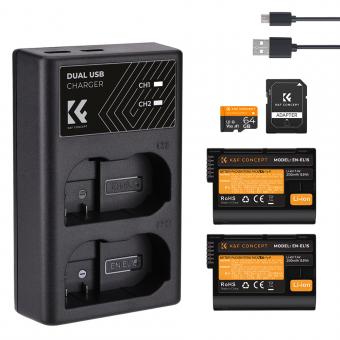


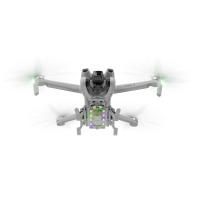


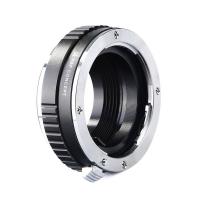
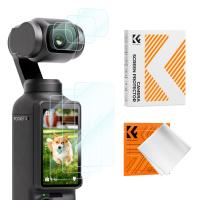




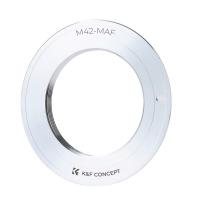

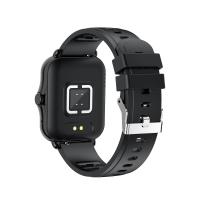

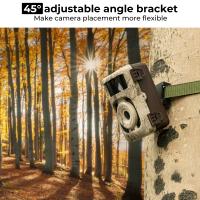
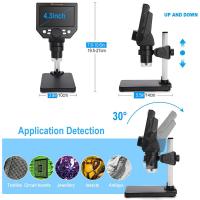

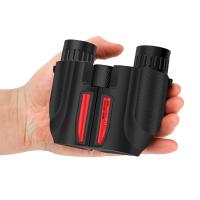

There are no comments for this blog.